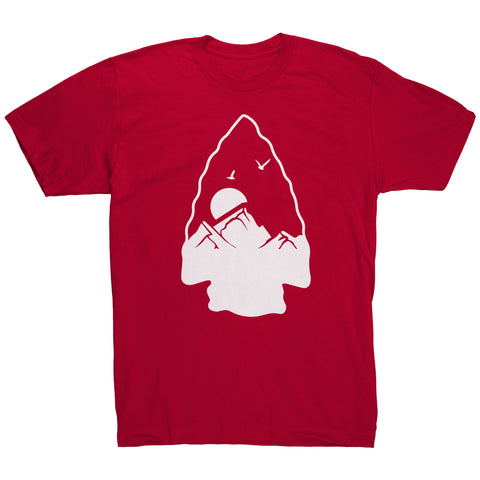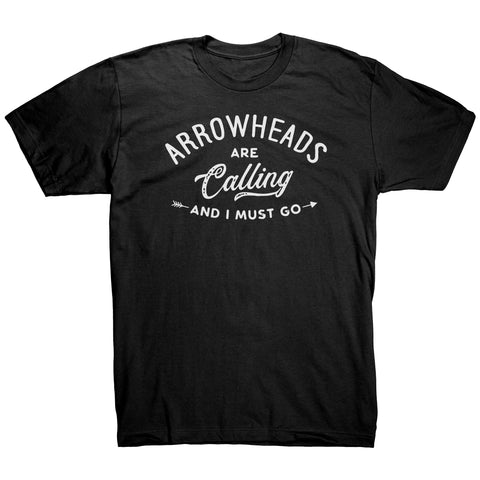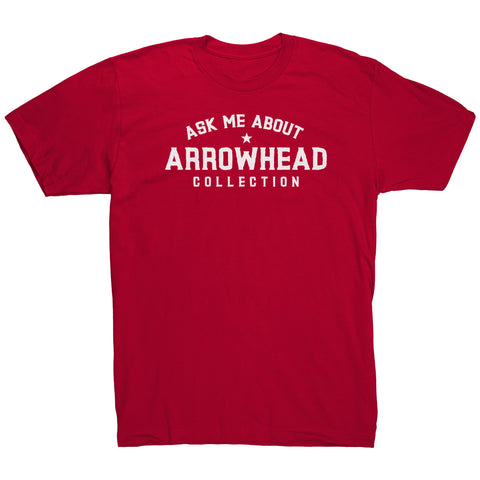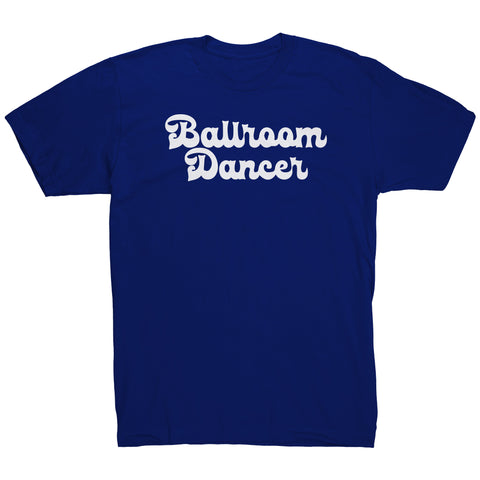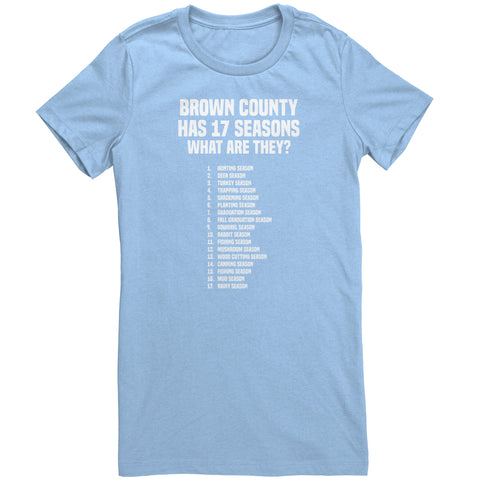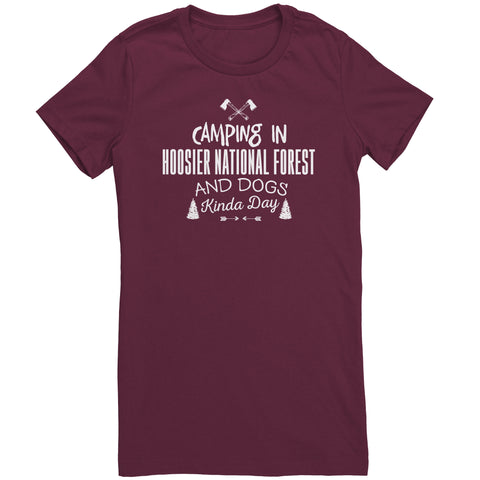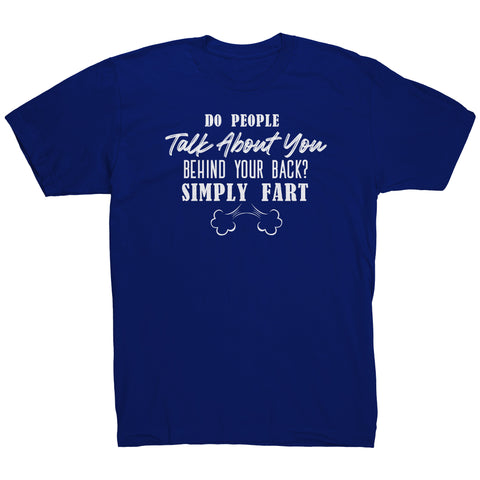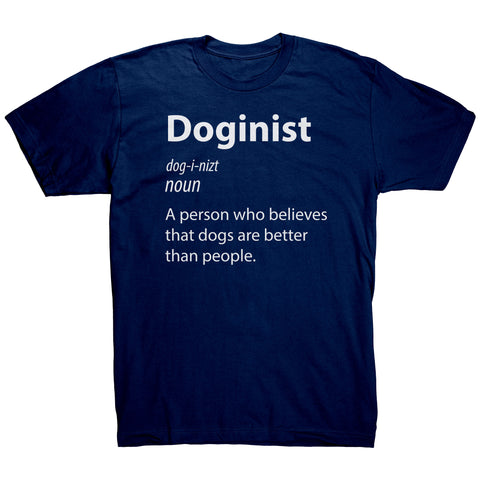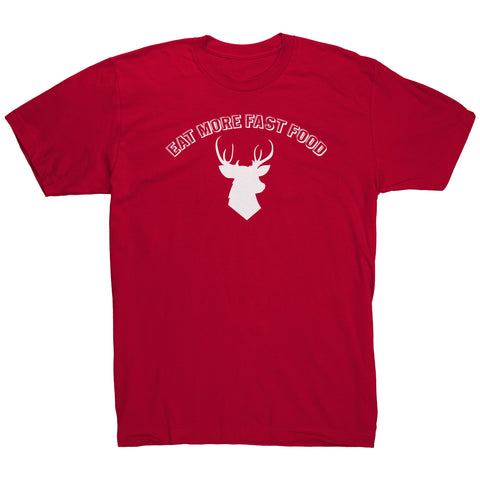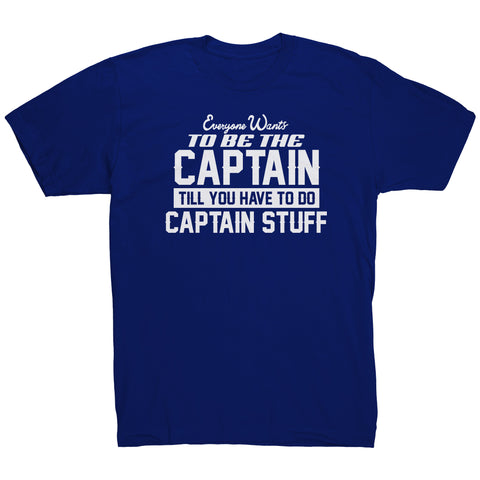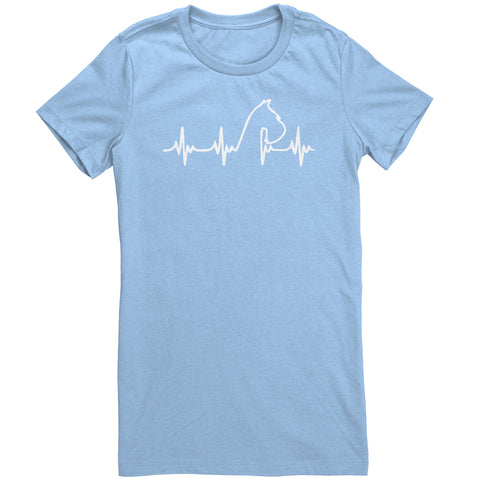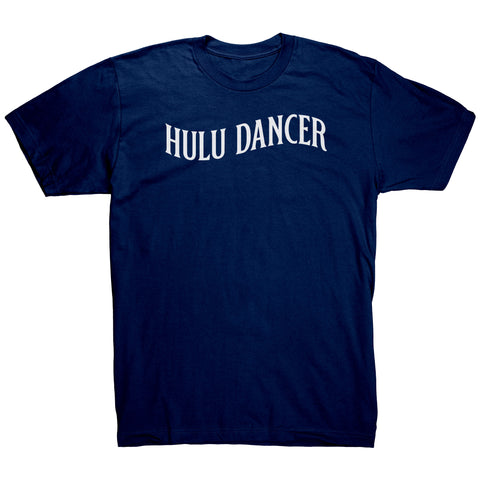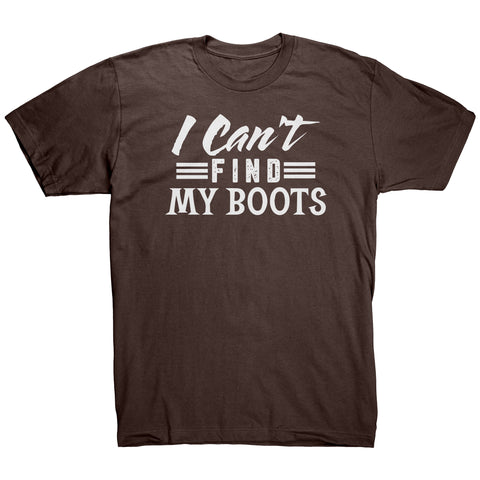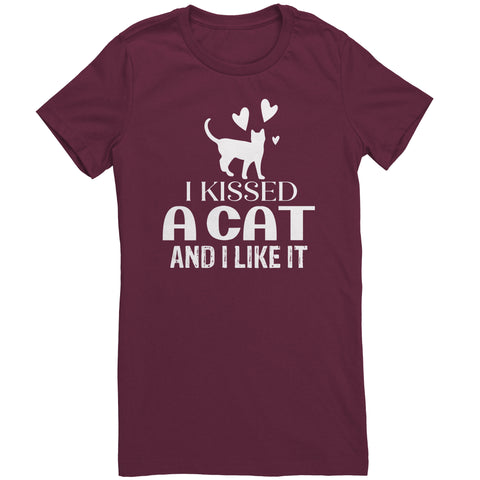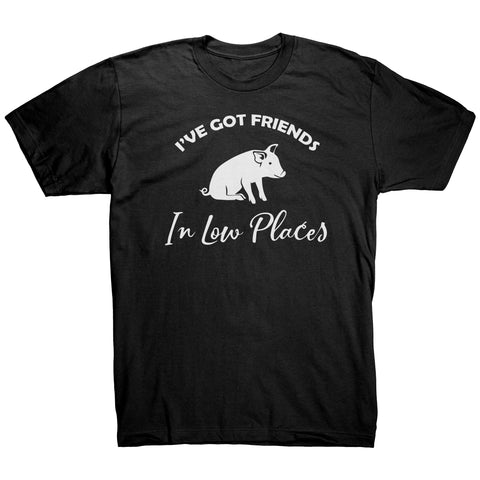Understanding Colic Time for Horses: Prevention Tips
by Doug Ayers
Understanding Colic Time for Horses: Prevention Tips
Here in Brown County, winter's chill brings more than just cozy fires and snowy landscapes. It signals colic time for horses. As someone who's spent years riding and caring for horses in this area, I've seen firsthand how this season can impact their digestive health.
Colic time for horses is a real concern. It's more prevalent during winter due to changes in routine, diet, and water intake. Understanding the causes, signs, and preventive measures can keep your equine companions comfortable and healthy all winter.
Table of Contents:
- Understanding Colic
- Winter and the Rise in Colic Cases: Colic Time for Horses
- Spotting Colic: What to Look For
- Preventing Colic
- FAQs about Colic Time for Horses
- Conclusion
Understanding Colic
Colic simply means abdominal pain in horses. It's a broad term covering everything from mild gas to life-threatening twists in the intestines, impacting blood flow to the gut wall.
Related Products
The tricky part is figuring out what type of colic your horse has. Quick action and veterinary help are crucial for pain relief and medical treatment.
Types of Colic
Colic ranges from mild discomfort to severe, life-threatening pain. Colic prevention and management discusses several kinds of colic, some requiring emergency surgery:
- Gas colic: A common type of colic caused by excess gas. This often resolves with simple treatment.
- Impaction colic: This occurs when undigested feed blocks the digestive tract. Older horses may be at higher risk.
- Spasmodic colic: Increased gut contractions cause painful spasms in horses. This can disrupt the food moving through their system.
- Displacement colic: The large colon shifts out of its normal position. This is also referred to as colon twists which could block blood supply to the gut.
- Sand colic: When horses eat sand, it can accumulate in their digestive system causing impactions, also sometimes referred to as sand colic.
- Recurrent colic: This frustrating issue plagues horses with repeated colic episodes. Keeping a record of colic occurrences can be important in prevention for future episodes of colic.
- False colic: Symptoms mimic colic, but the problem lies outside the digestive system, impacting other vital signs in your horse.
Winter and the Rise in Colic Cases: Colic Time for Horses
The shift from lush pastures to dry feed like hay can disrupt a horse's digestive system. Cold temperatures make them less inclined to drink water which can lead to impaction colic. Reduced pasture turnout and changes in routine can stress horses out, causing gas colics.
My Experience in Brown County
I've seen how quickly colic can strike during icy Brown County winters. One frigid evening, my pony, Chico, who I got from my uncle Amos, started showing signs. He was restless, pawing the ground, and looking at his flanks.
He also wasn't interested in his hay. I immediately knew something was wrong and called the vet.
Chico had an impaction. Thanks to swift action, he recovered fully. Prompt medical attention helps address potential issues with blood supply disruption to the small intestine during colic time for horses.
Spotting Colic: What to Look For
During colic time for horses, being vigilant is vital. Here are the telltale signs:
| Symptom | What It Looks Like |
|---|---|
| Discomfort | Pawing, rolling, flank-watching, restlessness |
| Appetite Changes | Refusing food, decreased interest in hay or grain |
| Manure Changes | Little to no manure, small or dry droppings |
| Vital Sign Changes | Elevated heart rate, rapid breathing, pale gums, and changes in capillary refill time. |
Preventing Colic
Prevention goes a long way. Many cases of colic are preventable. These proactive measures are especially important during colic time for horses:
Water, Water, Everywhere
Make sure your horses have access to clean, unfrozen water at all times. Consider heated water buckets or tank de-icers.
Warming the water can encourage them to drink more during frigid weather. Winter Horse Care has tips on preventing dehydration during colic time for horses.
Providing fresh clean water can be challenging. Horses prefer warm water or hot water so offering them temperature-controlled buckets or tubs can significantly increase their water intake and reduce the chances of colic.
Smart Feeding Strategies
Feed good quality hay and avoid sudden changes to your horse's diet. Gradual transitions give their digestive system time to adapt.
Using a slow feeder is a smart choice. It makes hay available around the clock while promoting slower consumption, similar to grazing and reducing gas build up.
Make sure the horse's feed area is free of foreign material such as sand, gravel, or metal which horses can ingest. Parasites in horses are also a common culprit, so maintaining a regular worming schedule will reduce risk to your horse's health. Avoid feeding horses directly on sandy ground. Instead, utilize a feeder, trough, hay rack, or rubber mats to prevent sand colic.
Regular Exercise and Dental Care
Daily turnout helps maintain healthy gut motility and minimizes stress. Regular horse dental care is critical.
This ensures your horse chews feed thoroughly, minimizing the risk of impaction colic. Regular pasture access can prevent the colon from moving in a harmful manner and toxins entering the digestive tract. Proper pasture turnout helps maintain the horse's health.
Walking a horse suspected of having gas colic is a great strategy for keeping food moving, gas from building up, and easing colic pain. Veterinarian treatment can help a colicky horse during these challenging moments.
Parasite Control and Routine
Internal parasites can wreak havoc on a horse's gut. Regular deworming and manure management, where manure piles are strategically placed, can reduce parasite transmission. Parasite infections can mimic colic pain.
Sudden shifts in routine can stress horses out. Maintain consistent feeding and exercise schedules.
If adjustments are necessary, implement them gradually. This avoids digestive upset. Avoid feeding horses things that can cause increased colic risk.
FAQs about Colic Time for Horses
How long does colic last in horses?
Colic duration varies depending on the cause and severity. Mild gas colic might resolve in a few hours. More serious cases, like impactions or displacements, can last for days or even weeks.
If a horse shows signs of colic for more than a few hours, prompt veterinary attention is crucial. Surgeries for colic can put a significant strain on budgets. So plan accordingly. Horse's ain't cheap to own or operate.
Sometimes colic occurs repeatedly shortly after previous episodes. Be sure to consult a veterinarian if this happens as recurring colic requires additional treatment and prevention plans.
What is the protocol for colic in horses?
First, remove all food and water. Then call a veterinarian immediately. While waiting, gently walk the horse if comfortable.
Avoid giving medications unless directed by a vet. These can mask symptoms. Accurate diagnosis and prompt treatment are key. Veterinarians treating colic in horses will perform blood tests, conduct a rectal exam to feel for impactions or abnormalities, check the capillary refill and evaluate gut sounds as these help assess blood flow to the gut wall, hydration status, and intestinal function.
If impactions occur in your horses frequently then be sure to identify and address the causes as they may need to be addressed. There is a risk that horses fed solely dry feed are at a greater risk of colic compared to horses on a primarily grass diet. A horse can't vomit so the digestive contents have to go somewhere which can result in colon rupture if treatment is delayed.
What are the first signs of colic in horses?
Initial signs can be subtle. Look for changes in behavior such as restlessness, pawing, flank-watching, and refusing food. Reduced manure production or consistency changes are also warnings.
As the condition progresses, horses may lie down and roll. They can also exhibit more intense pain. Veterinarians know what signs of colic in horses look like so they can prescribe effective treatments and preventative plans.
How do you get a horse out of colic?
Treating colic requires professional veterinary guidance. Treatment depends on the diagnosis.
It may include pain medication, fluids, laxatives via nasogastric tube, and sometimes colic surgery. For gas colics, walking your horse and pain relief can reduce recovery time. Colic pain is often so bad that they may show signs of pain for several hours or days following resolution.
Impactions are often treated using fluids, pain relief, and mineral oil through the horse's nose into its stomach which helps move the dry and hard impacted food mass through their digestive system. There are various surgical options for colic, such as colon twists and displacement, and these types of colic require emergency surgery. Sometimes there is no option except for euthanasia, as is sometimes the case for impactions of the small intestine where a significant portion of the small intestine has lost blood supply.
Conclusion
Colic time for horses doesn't have to be stressful. With careful attention to your horse’s care, prompt diagnosis, and a defined protocol when colic pain strikes, horse owners can effectively manage this condition. Understanding the causes, identifying signs quickly, and administering basic colic prevention measures make a big difference. Don't hesitate to seek veterinary guidance when your horse experiences colic pain.
A proactive approach and close observation are your best tools in preventing colic time for horses from becoming a nightmare. Being informed and acting promptly ensures happy, healthy horses.
About the Author
Doug Ayers

Doug Ayers is a Soil Food Web Consultant and co-founder of Brown County Souvenir. He specializes in soil health, microscopy, and composting.



















